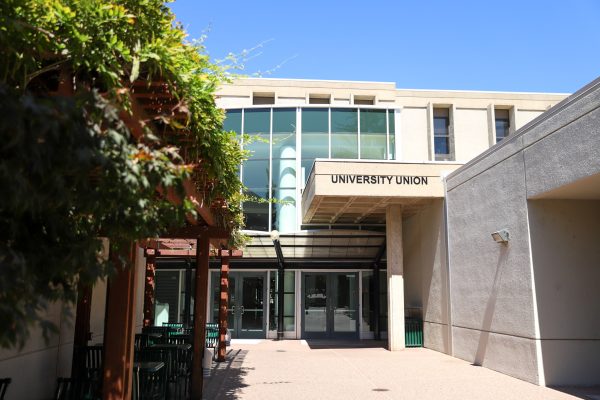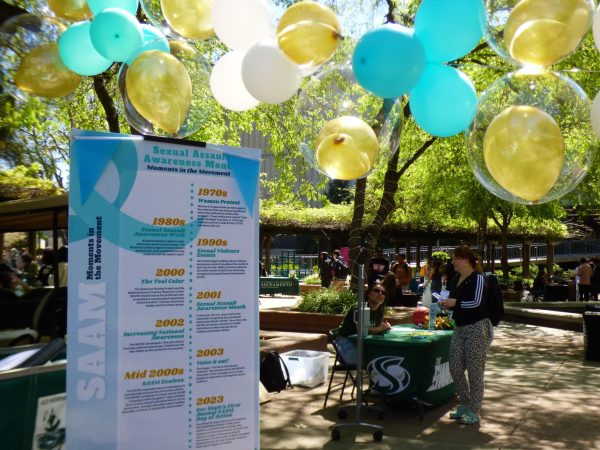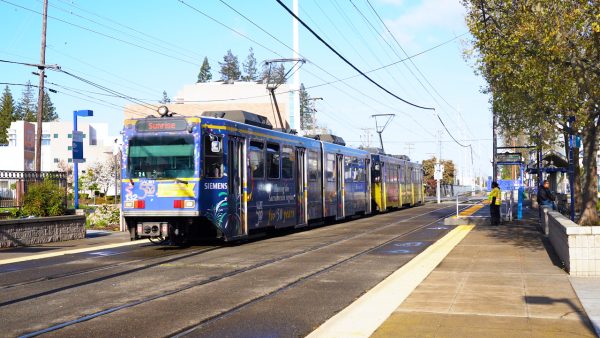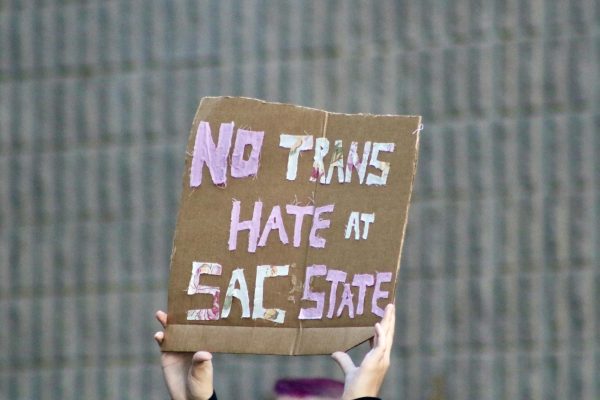Students with heavy burdens struggle to graduate in the expected four years
October 9, 2013
After completing five semesters at Folsom Lake College and transferring to Sacramento State, Sarah Meads, a child development student and mother of two, has four semesters left under her Cal Grant to obtain a degree.
“Luckily, that’s as many as I have left to graduate, but if I don’t get into the classes I need, then it’s going to be really hard,” Meads said.
There are limitations under the current Cal Grant system, which offers free money to California college students.
The number of terms a student may receive payment for is based on college year. After four years, students become ineligible.
Students like Meads, who rely on financial aid to attend school because of other financial or personal obligations, find it difficult to complete a college degree in the expected four years.
On Sept. 25, California State University Chancellor Timothy White said increasing graduation rates for CSU students and the number of degrees completed will be among his top priorities.
“What we don’t want to do is have an overemphasis on a four-year graduation rate,” White said. “I want to make sure we measure what we value, and for me, it’s completion.”
White said many CSU students are carrying bigger personal burdens than ever before, and life often gets in the way of obtaining a degree.
“It’s harder for us to deal with the reality of our students’ complex lives,” said Associate Dean for Undergraduate Studies Sheree Meyer. “I don’t think our graduation initiative has specifically looked at lifestyle issues and I think it’s because there’s less we can do about it. The human life issues we all have are a little harder to control.”
Meyer is currently one of the faculty members on the forefront of the Sacramento State Graduation Initiative, which ties directly to the CSU Chancellor’s Office’s expectation that all 23 campuses will raise graduation rates by 2015.
According to the Sacramento State Graduation Initiative, “every interrupted, abbreviated or incomplete education is a lost opportunity.”
The initiative also states it is the university’s job to give students access to a degree.
Meyer said those working on the initiative have been looking into a number of options that could potentially help students with other priorities in their lives, starting by researching those obstacles getting in the way.
“We’ve changed curriculum,” Meyer said. “One of the (reasons) behind the general education change was that we felt it put (up) certain obstacles that didn’t necessarily serve our outcomes in [a] way.”
Meyer said some GE changes will be implemented for 2014, including the removal of some unnecessary class requirements.
Imani Reynolds, a 20-year-old psychology major, had a son while she was a freshman at Sac State.
Reynolds said she only took a week and a half off of school because she feared if she took off more time, she would not have been able to come back.
“I’m really determined to graduate,” Reynolds said. “It would have been nice to take more time off because I want to spend time with my kid, but I want to get (school) done.”
Reynolds’ son currently attends the ASI Children’s Center on campus twice a week during the days she has class.
“It’s hard,” Reynolds said. “Child care is really expensive.”
The CSU enrolls many students who are not first time freshman.
“The CSU mission has always been one that has been open to diverse students and it still is,” said Erik Fallis, CSU Media Relations Specialist.
Fallis said when it comes to increasing graduation rates, the system is not penalizing those students that do not graduate in four years.
“You could raise graduation rates to focus on a particular type of people and lose some of these minorities,” Meyer said. “We don’t want to fix the completion rate by becoming less available to certain students. It’s more important we’re putting into place curricular support policies that will help all our students.”
For those students handling other obligations in their lives, Fallis said the CSU has a lot to offer including evening classes, online or hybrid and weekend classes.
Fallis said the CSU system is working on some initiatives that could potentially increase the current graduate rate, which hovers around a six-year average.
These initiatives include organizing and designing classes differently, direct advising programs, both person-to-person and online and scheduling classes in a more effective manner.
Meyer said a pilot project under the graduation initiative is the posting of online classes at all 23 campuses.
“We published a schedule of online courses for all CSUs where you can enroll in an online class at another CSU,” Meyer said.
Intrasystem Concurrent Enrollment accommodated 60 students who enrolled in online courses from Sac State at other schools.
For students such as Meads who receive financial aid from the state, the requirements make it almost impossible to receive a comfortable balance.
Even with financial aid, students suffer from loan debt long after graduation, and because of the lack of financial aid they are given, less than 50 percent of CSU students graduate within the estimated 6 years.
“I had to spend my savings to pay rent this month while I waited for my financial aid,” Meads said, “It was very difficult. I didn’t know if I had enough money.”











































































































































